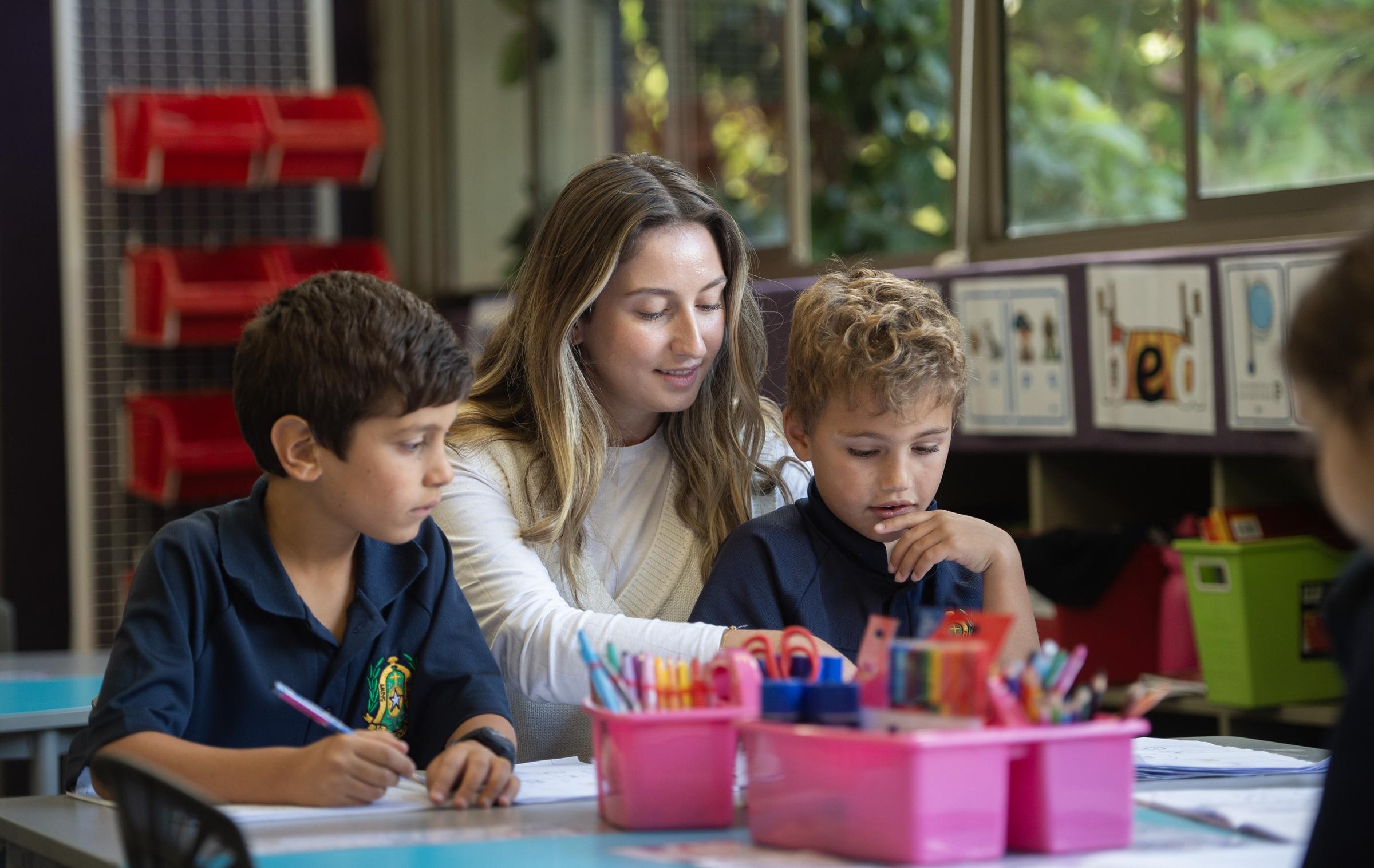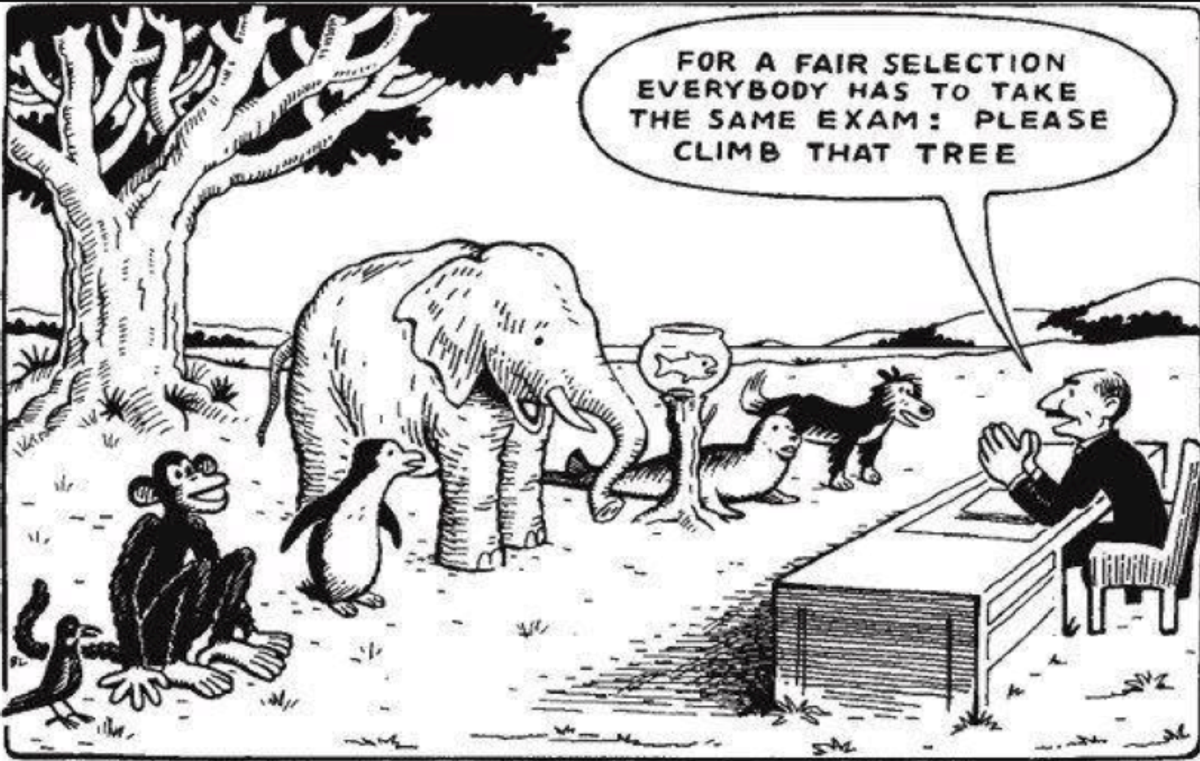Deputy Principal's Report

Understanding Equity vs. Equality in Education
Dear Parents,
As part of our ongoing commitment to fostering a supportive and inclusive educational environment, we have been educating our students on the critical distinction between equity and equality within our school community.
Equity vs. Equality: What’s the Difference?
Equality involves treating everyone the same, ensuring each student has access to the same resources and opportunities. However, equity goes a step further. It recognises that each student has unique needs and circumstances, and it aims to provide each one with the specific resources and support they need to succeed.
Why Equity Matters
For many students, especially those with disabilities, the path to success in the classroom lies in having appropriate adaptations, accommodations, and modifications made to their instruction and classroom activities. Equity ensures that every student has the tools they need to thrive, rather than a one-size-fits-all approach. As you can imagine, this changes on a daily basis. As a school we are constantly assessing and reviewing student plans and making adjustments in response to what our students need at any given time.
Practical Examples in the Classroom
Some adaptations are straightforward and can make a significant difference. For instance:
- Seating Arrangements: Moving a distractible student to the front of the class or away from distractions like the pencil sharpener or windows can help them focus better.
- Presentation of Material: Altering how lessons are delivered, such as using visual aids for visual learners or providing written instructions for those who process information better in that format.
- Response Methods: Allowing students to demonstrate their understanding in various ways, whether through oral presentations, written reports, or creative projects, can cater to different learning styles.
- Assessment Accommodations: Adult support, extra time, alternative assessments are some examples.
- Assistive Technology and Tools: Access to technology tools such as speech to text and text to speech, sensory tools, noise cancelling headphones, alternative seating, use of timers.
Individualised Support
The key to effective adaptations, accommodations, and modifications is personalisation. Each student has unique needs, learning styles and interests. It is essential to tailor these adjustments to support their individual learning journey.
Determining the right adaptations for a student isn't always straightforward. It often requires careful observation and collaboration among teachers, parents and specialists. We are dedicated to working together to find the best strategies and solutions for each student.
Our Commitment to Equity
We are committed to equity in education and to providing a learning environment where every student can succeed. Thank you for your continued support and partnership in this mission. Together, we can make a meaningful difference in the lives of all our students.
NCCD and Adjustments for Learning
Some of our students require extra support for many differnet reasons. In some instances these students may receive funding if they require adjustments for their learning. You can find out more information on the flyer below or please reach out if you have any questions about it.
Thanks for all your support,
Peggy McDonald & Steele Anderson
Deputy Principals


